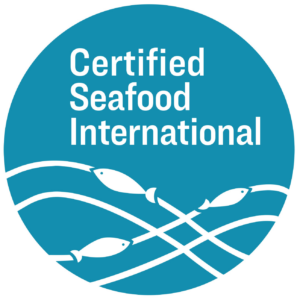Alaska Black Cod (sablefish)
The U.S. Alaska sablefish (Anoplopoma fimbria) commercial fisheries were awarded continued certification in May 2023. Vessels operating in certified Alaska sablefish fisheries primarily employ benthic longline and pot gear. Fishing occurs in the Gulf of Alaska, the Bering Sea / Aleutian Islands, and in Southeast Alaska. Federal fisheries are jointly managed by the North Pacific Fishery Management Council (NPFMC) and the National Marine Fisheries Service (NMFS), while fishing in state waters is managed by the Alaska Department of Fish and Game (ADFG). Alaska has the world’s largest sablefish population. Sablefish are known to live for over 90 years, and research has shown that they undertake migrations of more than 1,000 miles. Alaska sablefish is assessed in combination with the Alaska halibut fishery.
Certification Reports
- Surveillance Report for Alaska Sablefish and Halibut – Nov 2025
- Announcement of Alaska Sablefish and Halibut Surveillance and Team – Aug 2025
- Surveillance Report for Alaska Sablefish and Halibut – Dec 2024
- Announcement of Alaska Sablefish and Halibut Surveillance and Team – May 2024
- Alaska Sablefish and Halibut Certification Reassessment Final Report – May 30, 2023
- Alaska Sablefish Certificate Extension
- Alaska Sablefish Certificate Extension through May 30, 2023
- The Certification for the Alaska sablefish fishery has been granted a 51-day extension. The new expiration date is May 30, 2023. The following language from Procedure 2, Section 6.0 titled “Certificate Extensions” specifically calls out “logistics of data and information collection “ as being a valid basis for an extension.
- Announcement of Assessment and Team for Alaska Sablefish and Alaska Halibut – November 2022
- Surveillance Report for Sablefish – Sept 2022
- Notice of Certificate Re-instatement – product caught June 3, 2022 forward is eligible
- Announcement of Alaska Sablefish Surveillance and Team – June 2022
- Notice of Withdrawal from CB – temporary gap in certification, any product caught between April 10, 2022 and June 2, 2022 is not eligible to carry the RFM certification claim or the RFM logo
- Surveillance Report for Sablefish – July 2021
- Announcement of Alaska Sablefish Surveillance and Team – May 2021
- Surveillance Report for Sablefish — Aug 2019
- Announcement of Alaska Sablefish Surveillance and Team – June 2019
- Surveillance Report for Sablefish – July 2018 pdf
- Announcement of Alaska Sablefish Surveillance and Team – April 2018 pdf
- Surveillance Report Sablefish – August 2017
- Announcement of Alaska Sablefish Surveillance and Team – June 2017
Alaska Black Cod/Sablefish Re-Assessment For Full Certification
The reassessment was conducted using Alaska RFM Standard Version 1.3.
- AK Sablefish Full Assessment Final Report Jan 2017
- AK Sablefish Re-Assessment Team Site Visit Announcement April 2016
- Form 9 Notice of Peer Review Assessment Team Nomination Sept 2016
Audit 1:
- Annual Surveillance Report Sablefish/Black Cod, November 2012
- Comments: Click here to submit a comment regarding the Final Certification Report
- Confirmation of Assessment Team Members, August 2012
Audit 2:
- Annual Audit Report Sablefish/Black Cod, November 2013 (PDF)
- Comments: Click here to submit a comment regarding the Final Audit 2 Report
- Form 9b Site Visit 2nd Audit AK Sablefish/Black Cod, August 2013
- Notice of Annual Audit Assessment Team Members, August 2013
Audit 3:
- Annual Audit Report Sablefish/Black Cod, December 2014
- Comments: Click here to submit a comment regarding the Final Audit 3 Report
- Form 9b Site Visit 3rd Audit AK Sablefish/Black Cod, September 2014
- Notice of 3rd Annual Audit Assessment Team Members, September 2014
Audit 4:
- Annual Audit Report Sablefish/Black Cod, October 2015
- Comments: Click here to submit a comment regarding the Final Audit 4 Report
- Form 9 Assessment Team Nomination June 2015
- Form 9b Site Visit June 2015
Initial Certification:
- Final Full Report: Download the Final Certification Report
- Summary Report: Download Summary Certification Report
- Comments: Click here to submit a comment regarding the Final Certification Report
- Confirmation of External Peer Reviewers Sablefish/Black Cod, September 2011
- Notice of Change on Fishery Assessment Team Sablefish/Black Cod, July 2011
- Assessment Report Preliminary References Sablefish/Black Cod, February 2011
- Notice of Full Assessment and Verification Stage of Assessment Sablefish/Black Cod, December 2010
- Confirmation of Assessment Team Members Sablefish/Black Cod, December 2010
- Announcement of Fishery Application for Assessment Sablefish/Black Cod, June 2010
Fishery Info
Fishing for U.S. Alaska sablefish occurs in federal waters of the United States Exclusive Economic Zone (EEZ) off the coast of Alaska, and in Alaska state waters. Harvest occurs in three areas – the Gulf of Alaska, Southwest Alaska, and the Bering Sea/Aleutian Islands.

Alaska sablefish is harvested primarily through longlining and pot-fishing, although some sablefish are harvested using trawl gear.
Longlining
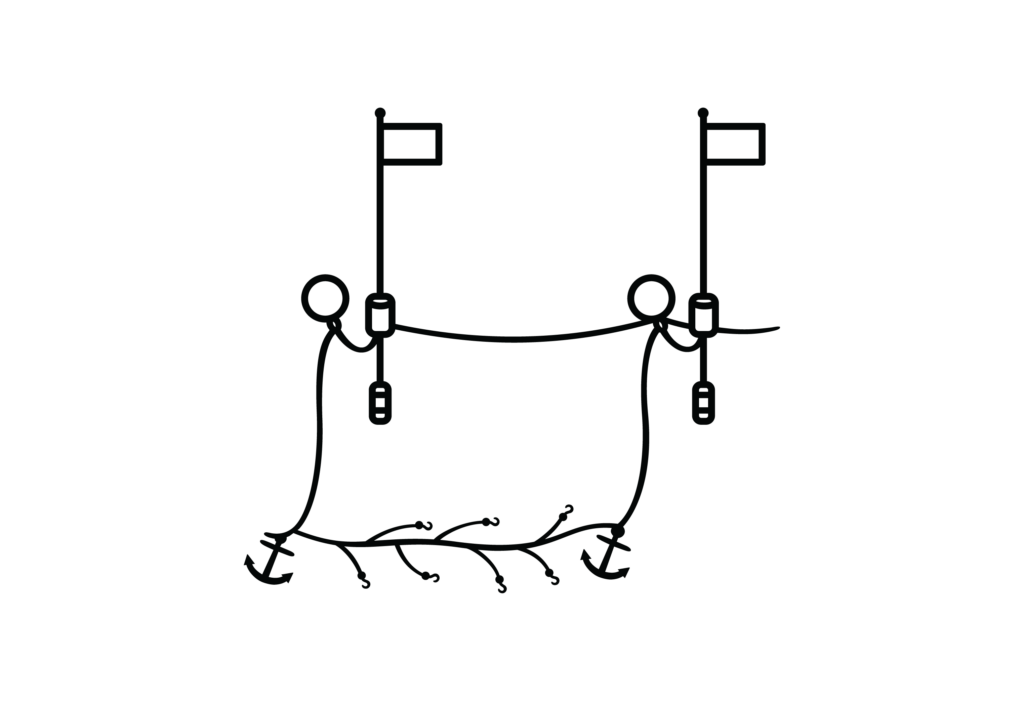

Longline fishing vessels are usually independently run by owner-operators. Some longliners are small boats, less than 50 feet in length, but most are somewhat larger. Longline gear is composed of groundline, buoy lines, and gangions, which are short pieces of line with hooks on the end. Longlines are set along the seabed, with baited hooks every few yards. Longline hooks are then retrieved one at a time.
Pots
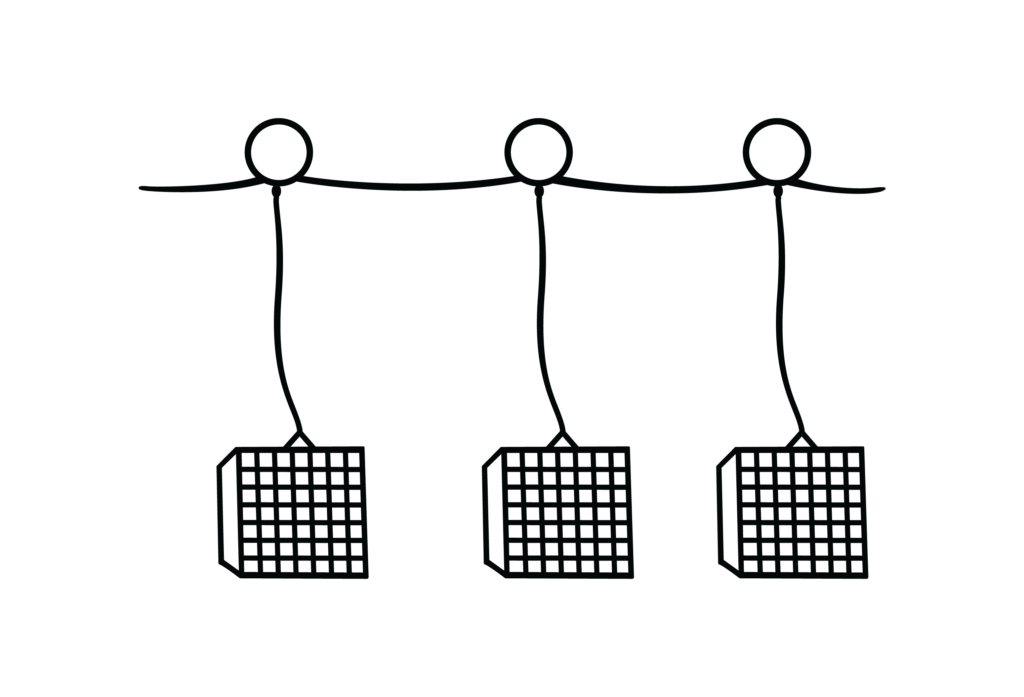
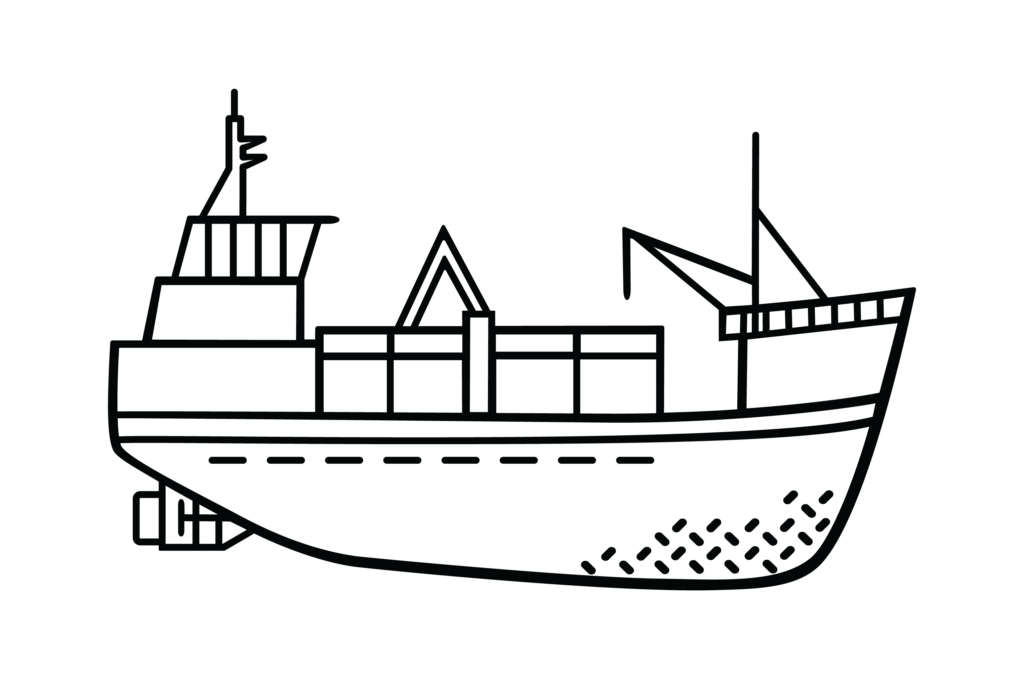
Pots used to target Alaska sablefish are large steel-framed cages covered in net mesh. The baited pots are placed on the seafloor where they trap the fish or crab. Fish or crab enter the traps through tunnels but cannot escape. Later the pots are retrieved and the seafood are sorted on deck. Non-target species are returned to the sea.
Source: https://www.alaskaseafood.org/
Management of federal U.S. Alaska sablefish fisheries is conducted jointly by the North Pacific Fishery Management Council (NPFMC) and the National Marine Fisheries Service (NMFS). In accordance with the requirements of the U.S. Magnuson-Stevens Fishery Conservation and Management Act (MSA), the NPFMC establishes science-based annual catch limits for federal Alaska sablefish fisheries, and NMFS develops and enforces federal regulations. Management of commercial sablefish harvesting in Alaska state waters is conducted by the Alaska Department of Fish and Game (ADFG).
Vessels harvesting sablefish that is certified by CSI under the U.S. Alaska sablefish certificate operate exclusively within Alaska state waters and federal waters of the United States Exclusive Economic Zone (EEZ). Alaska state and U.S. federal law regulate the treatment of workers on vessels that harvest certified Alaska sablefish.
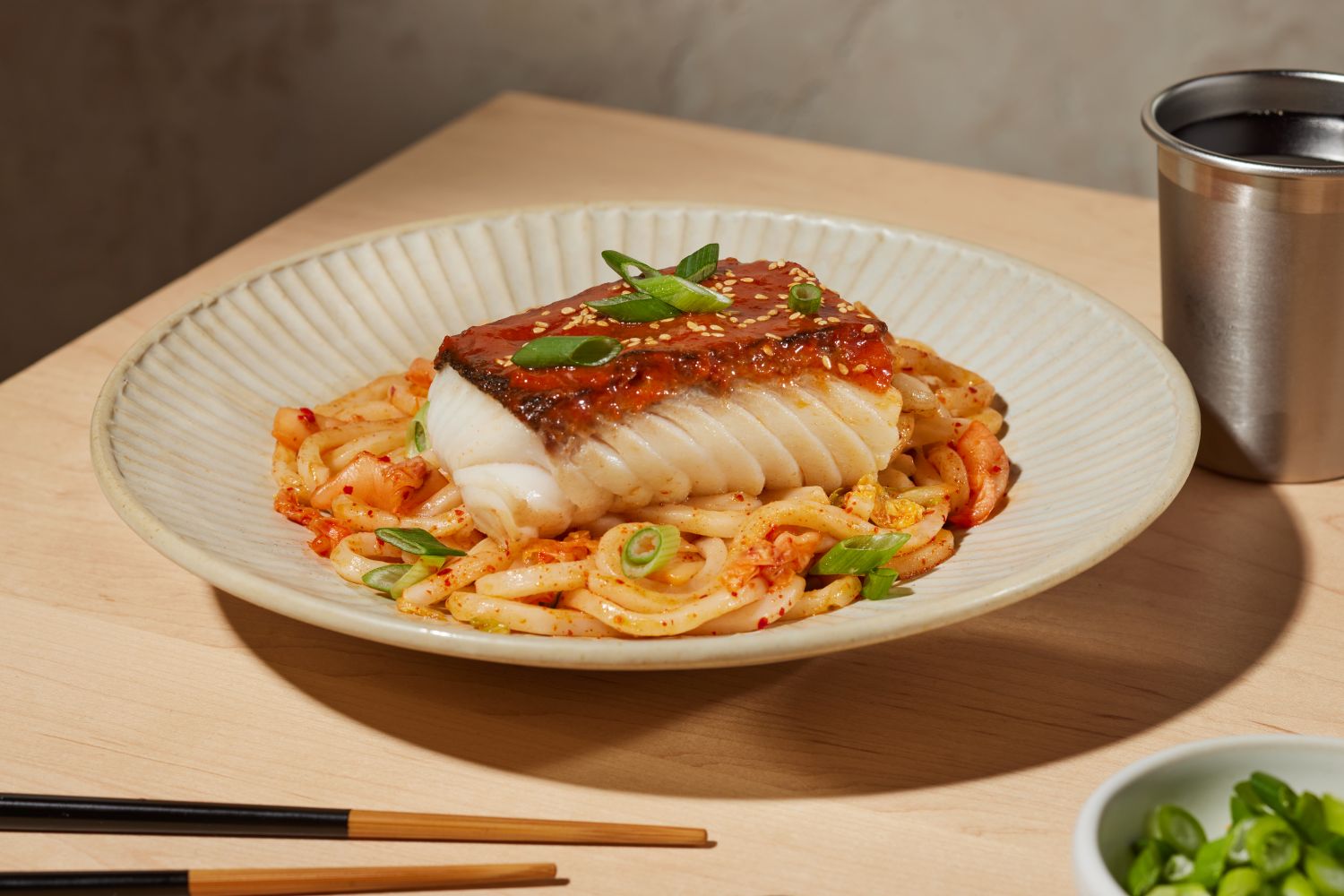
Alaska sablefish, also commonly known as black cod, is prized for its rich melt-in-your-mouth flavor and succulent, velvety texture. This intensely flavorful whitefish is difficult to overcook and takes well to marinades and sauces and smoking. Sablefish is also great for sautéing, poaching or roasting.
Alaska sablefish is the powerhouse of long chain omega-3 fatty acids DHA and EPA with the highest content level of the popular commercially harvested Alaska seafoods. The high oil content of sablefish is largely composed of omega-3 fatty acids. The omega-3’s in Alaska sablefish are primarily DHA and EPA, the most studied, beneficial, and readily usable by the body.
Alaska Sablefish
Serving Size: 3oz (85g) cooked
Source: https://www.alaskaseafood.org/health-nutrition/nutrition-information/#wild-alaska-whitefish
